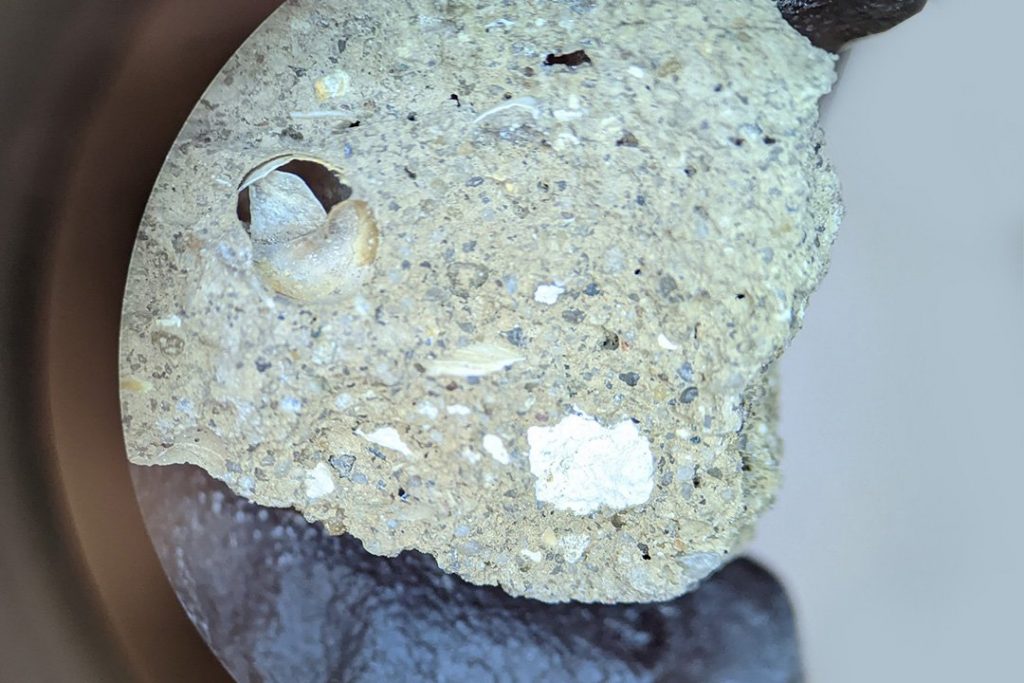Why Lime Mortar Pointing: The Benefits and Importance of Using Lime Mortar in Construction

Lime mortar pointing is a traditional method of construction that has been used for centuries. It involves the use of lime mortar to fill the gaps between bricks or stones in a wall. While modern construction methods have replaced lime mortar with cement, there are still many benefits to using lime mortar pointing in construction.
Firstly, lime mortar is more flexible than cement. This means that it can move and adjust with the natural movement of a building, which is important in areas with high seismic activity. Cement, on the other hand, is rigid and can crack under pressure, causing damage to the building.
Secondly, lime mortar is more breathable than cement. This means that it allows moisture to escape from the building, preventing damp and mold from forming. Cement, on the other hand, is impermeable and can trap moisture inside the building, causing damage to the structure.
Thirdly, lime mortar is more environmentally friendly than cement. Cement production is a major contributor to greenhouse gas emissions, while lime production is much less energy-intensive. Using lime mortar in construction can help to reduce the carbon footprint of a building.
Finally, lime mortar is more aesthetically pleasing than cement. It has a softer, more natural look that complements the character of historic buildings. Cement, on the other hand, can look harsh and out of place in a traditional setting.
In conclusion, there are many benefits to using lime mortar pointing in construction. It is more flexible, breathable, environmentally friendly, and aesthetically pleasing than cement. If you are considering a construction project, it is worth considering the use of lime mortar pointing.


